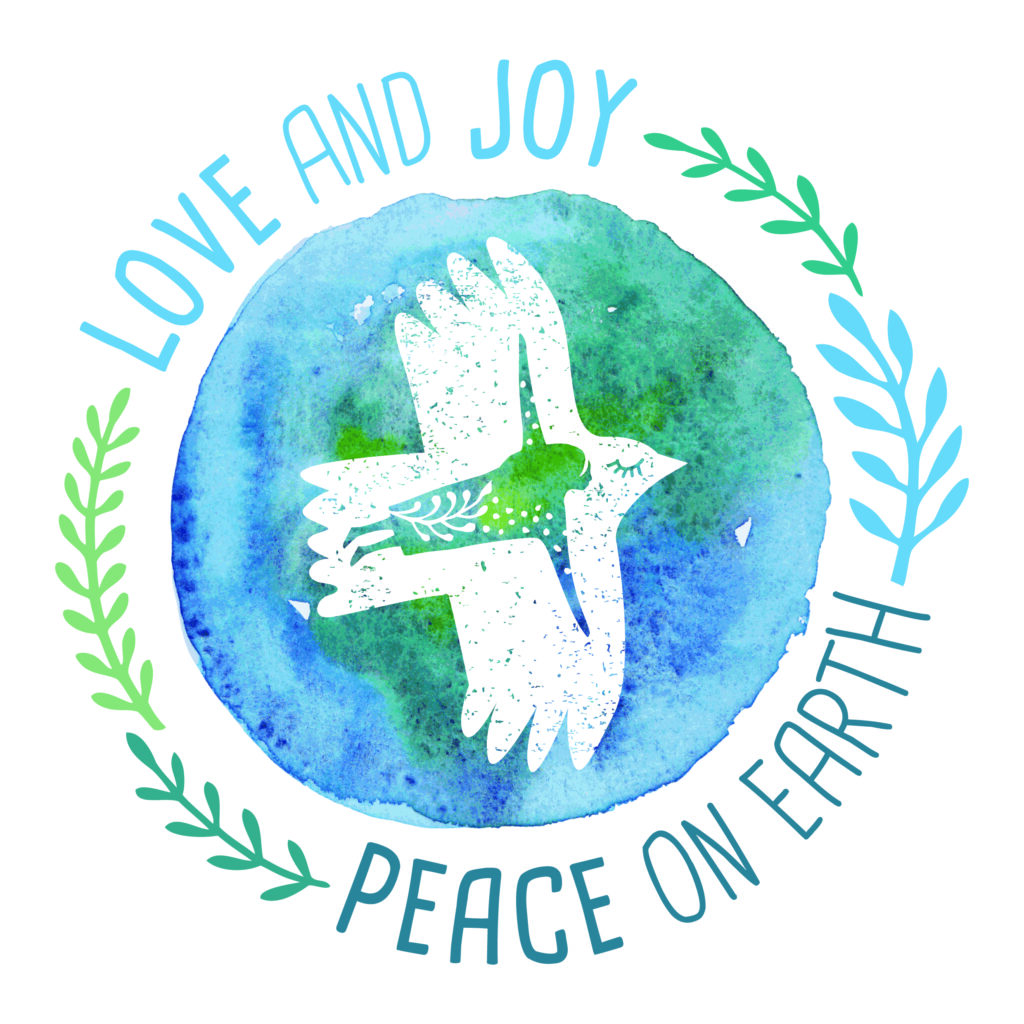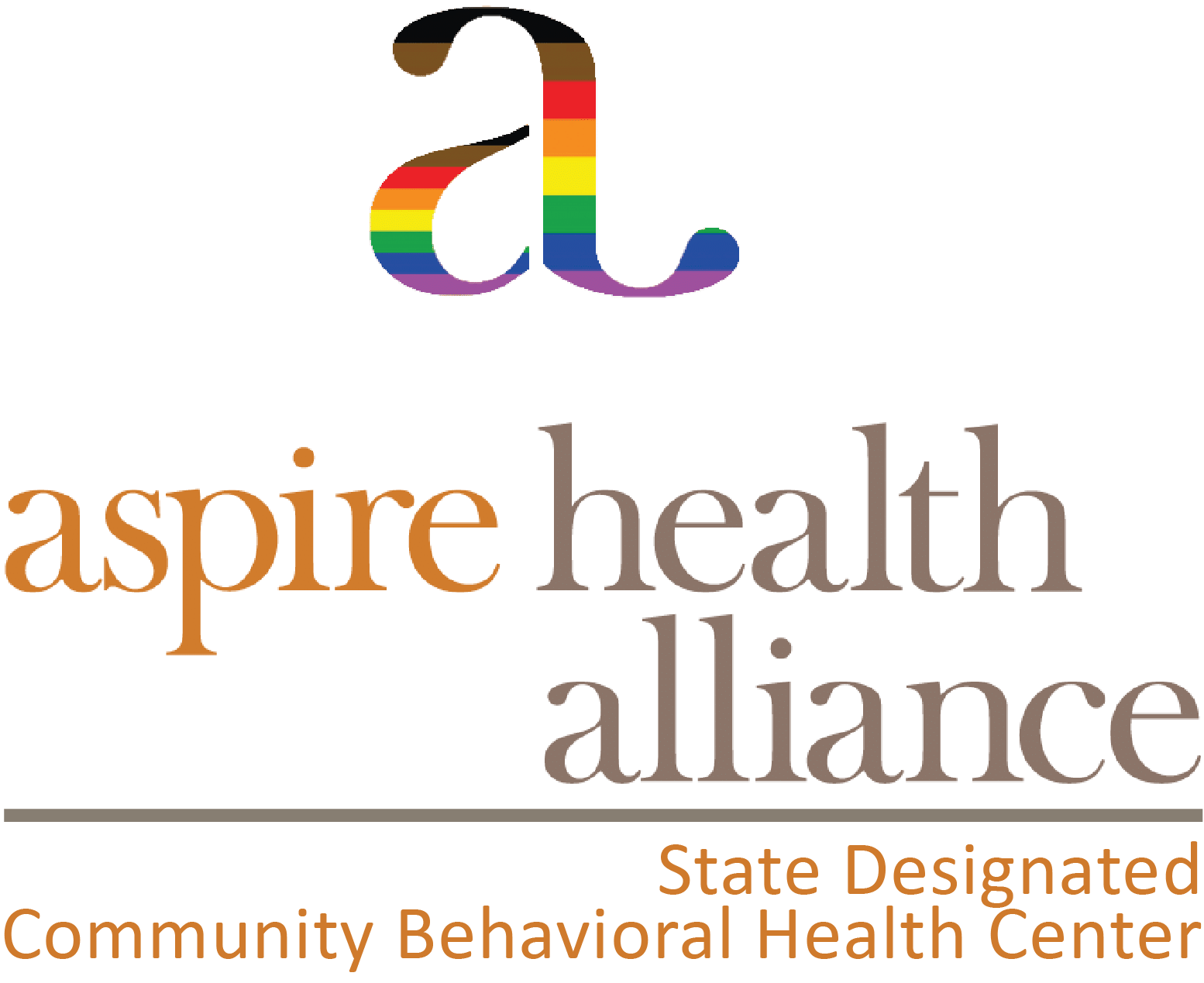
I used to tweet a lot. Well, perhaps I like to pretend I tweeted a lot. And I could pretend what I would tweet about. For instance, I could say I ran a marathon, because I did run 26 miles once. But my sense of Irish Catholic guilt would stir me to confess the truth that I ran two half-marathons 14 days apart. And my back screamed at me quite a bit about my ill-advised choice to do that.
Usually, I am pretty upbeat. The things that make me happy are what I would tweet about if I got around to tweeting. My granddaughter’s beautiful toddler face on the Zoom screen from the UK. That my daughter Ellie is in high school and how much that blows my mind. How Manchester United is doing. Yet I tweet none of that except in my imagination.
Right now, Twitter is not what it used to be, perhaps it’s for the best that I don’t get around to it.
What can get me down is the terrible public discourse on so many issues—practically anything. Mass shootings. The rising crisis of mental health. Vaccines. Politics polarized beyond imagination.
News programs, social media, and private conversations are full of constant talk about the “other,” the ones who are not “us.” “They” versus “we.” “Here” and “over there.”
Larger-than-life politicians and proposed political leaders talk about these things, and the chasm widens every time I look at a screen. Because they are seeking election or already hold office, people want to know what politicians have to say. It seems to me that, for some, their leadership journeys are about platform and making themselves known, while I find myself listening for whether they are also on an inward journey that digs deeper into tangled issues, to understand them more, to confront the complexity of it all in a way that does not default to talking about the “other.”
And here we are at a season that grasps toward hope. Lights have gone up around neighborhoods during the shortest, darkest days of the year in the part of the world where I live. Generosity flows in households and communities. With all of their baggage, friends and families come together focusing on the “we” that they share despite their differences in politics, faith, or worldview. Candles are lit in places of worship, smoke rising as prayers for peace. Hope comes to the forefront—and we ought to feel the dissonance of the things that are not as they should be even as we long for what will be.
Have you seen the Apple commercial with iconic Stevie Wonder singing his classic song “Someday at Christmas?” with the then up-and-coming Andra Day? This is absolutely one of my favorites. The song was on Stevie Wonder’s 1967 Christmas album, and Apple used it in their 2015 commercial in an aching duet rendition. “Someday at Christmas.” No bombs. Freedom. No hungry children. People who care. Dreams that come to be.
Now Lizzo, a singer, rapper, and flutist, has given us her version. I hear an urgent, demanding, prophetic quality. Lizzo wants this “someday” to be now…So do I.
Surely the society this song describes is something we can agree on. I am dreaming of a Christmas when we have all done our parts to live into the peace and wholeness we long for in the world.
Happy Christmas and Kwanzaa, now and someday.
Antony Sheehan (he/him/his)
President & CEO
Aspire Health Alliance


